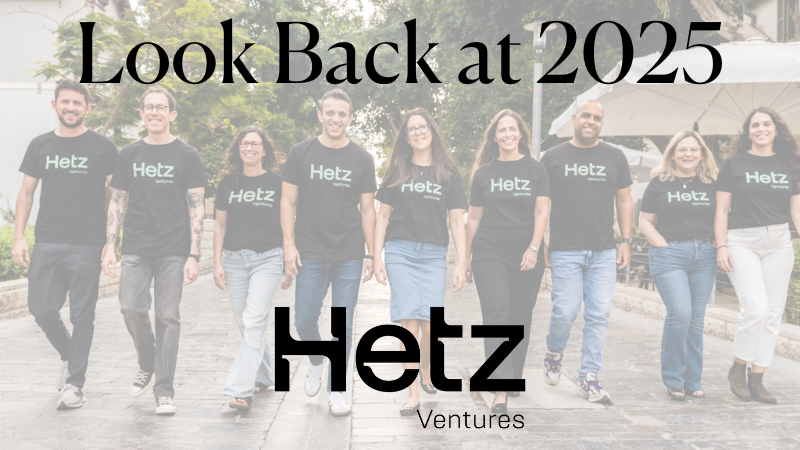[retrain.ai] In Today's Labor Market, Employees Are In The Driver’s Seat—But Do You Understand Their Needs?
Shay David discusses the importance of addressing the skills gap emergency from both a business and employee perspective. With more job openings than available workers, employees have abundant options, especially if they possess the skills demanded in today's competitive marketplace. The article suggests that organizations must understand the new workforce demands to attract and retain the right talent. It highlights several key aspects:
1. Recognition and Purpose: Employees seek investment in the human aspects of work, such as a sense of purpose, social connections, and shared identity. Recognizing and valuing employees' unique skills, connecting them to the organizational mission, and offering new opportunities and responsibilities can create more meaningful engagement.
2. Career-Pathing: The traditional hierarchical career ladder has given way to a more flexible and non-linear advancement model. Employees are drawn to interesting opportunities rather than impressive titles. Organizations should identify employees seeking challenges or growth and provide personalized career paths with learning and development opportunities.
3. Onboarding and Development: New hires expect meaningful engagement from the start. Effective onboarding, even in remote settings, is crucial for retention. Organizations should ensure new hires understand key relationships, organizational culture, and technology usage. Development should be a continuous process, supporting agile career pathing and equipping employees with the right tools.
By recognizing employees, connecting them to purpose, offering career development opportunities, and providing a supportive learning environment, organizations can win the war for talent and foster long-term retention, remaining competitive in the talent marketplace.
Read more in Forbes

.jpg)
